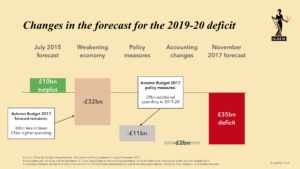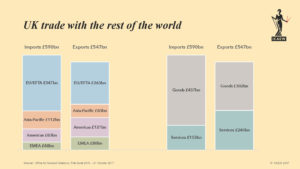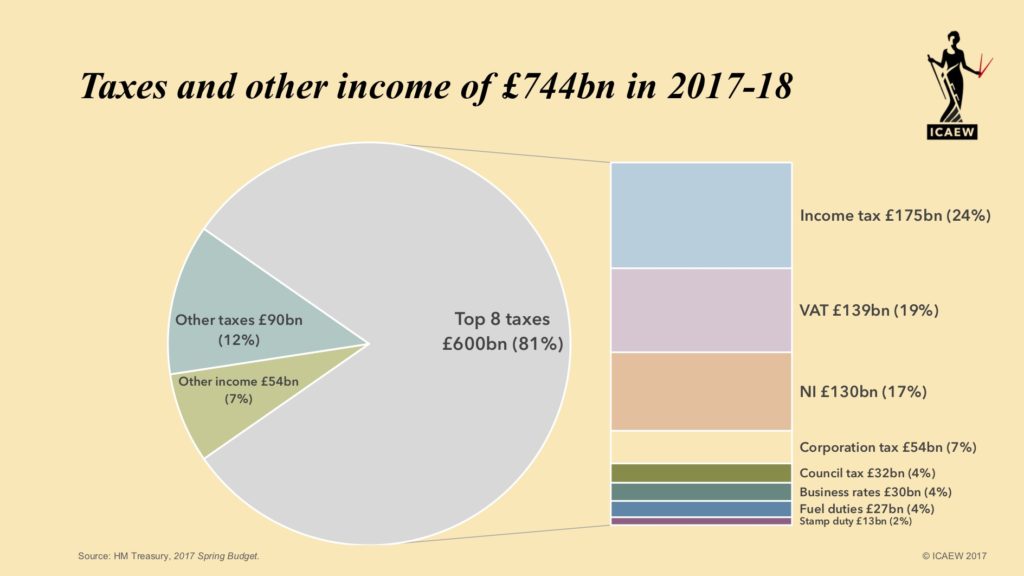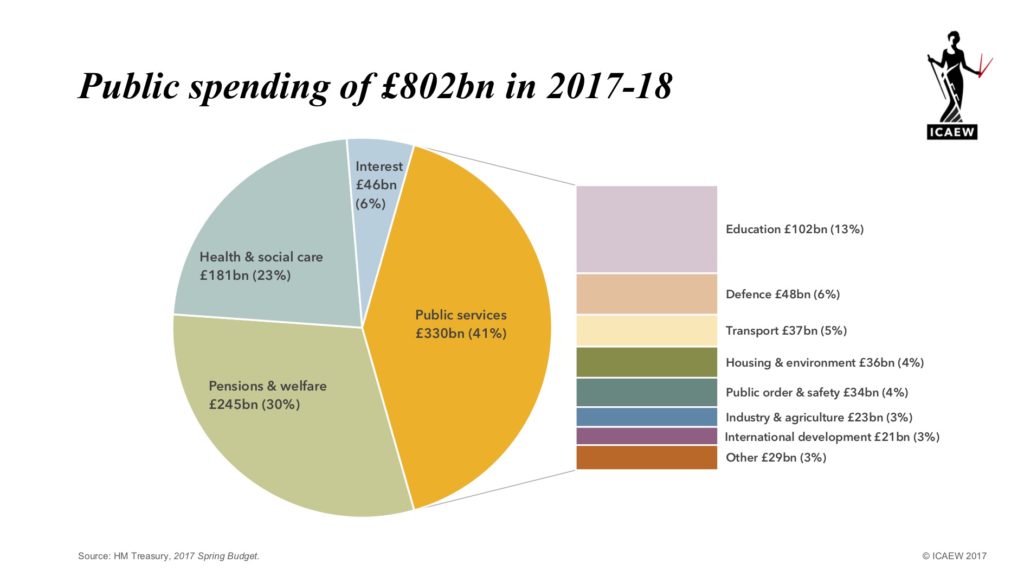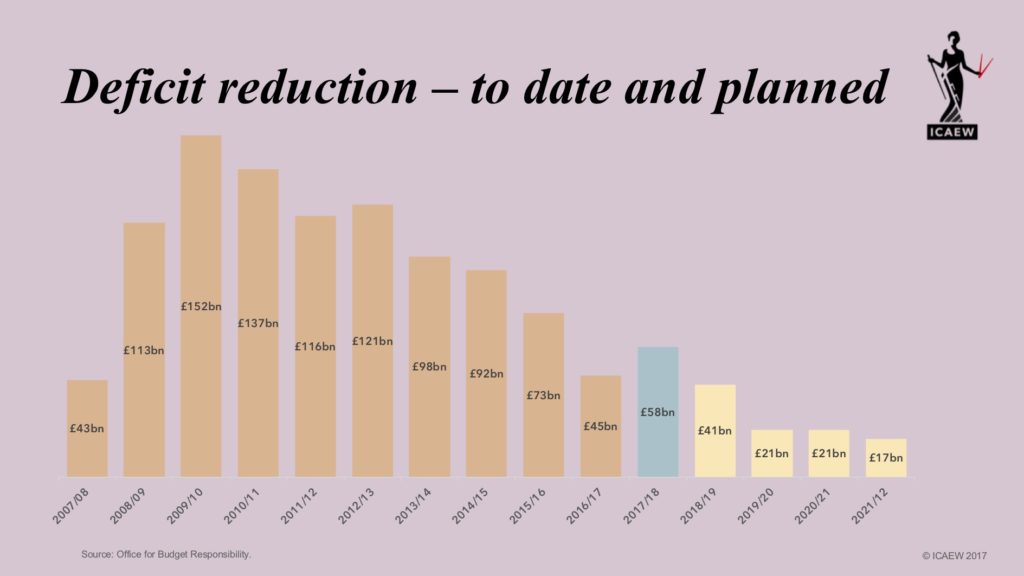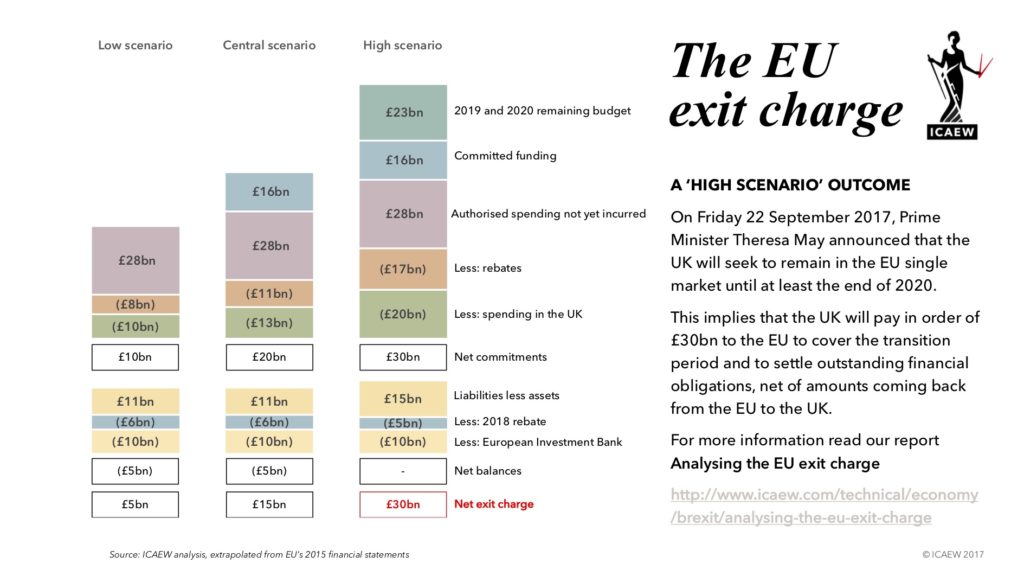
With this week’s Brexit talks turning into a rollercoaster ride, our ICAEW Chart of the week looks at the money element of he deal.
Our report ‘Analysing the EU exit charge’ published in May had a high scenario, which including contributions in a transition period for 2019 and 2020, estimated that a net amount of up to £30bn could be payable: £82bn gross amount before the UK’s rebate, less £52bn in rebates and amounts coming back to the UK.
Press reports are talking about a net settlement in the region of £45bn, the difference to our £30bn figure is two items that we included in our analysis: £5bn for the rebate due for the year before leaving, and the realisation of the UK’s £10bn investment in the European Investment Bank (EIB).
The area that doesn’t tally with our analysis is the EIB. The EU has claimed the UK would only be entitled to the repayment of its original capital contributions of £3bn, rather than the full value of the UK’s share at the date of exit. This seems to us like a tactic to bring the UK to the negotiating table – we would be surprised if the UK were not to receive full value.
Perhaps the most important thing to realise is that this is only the first of several negotiations…

